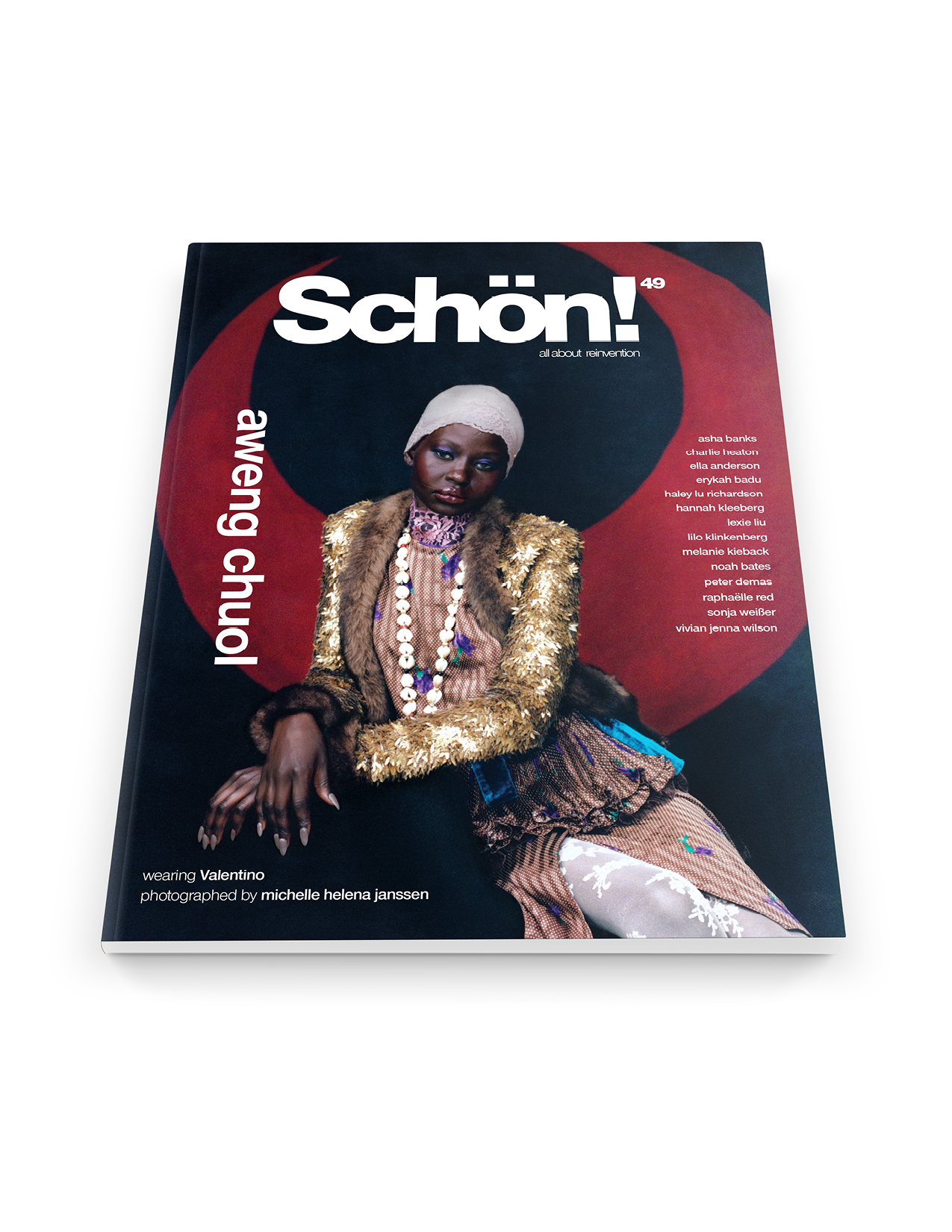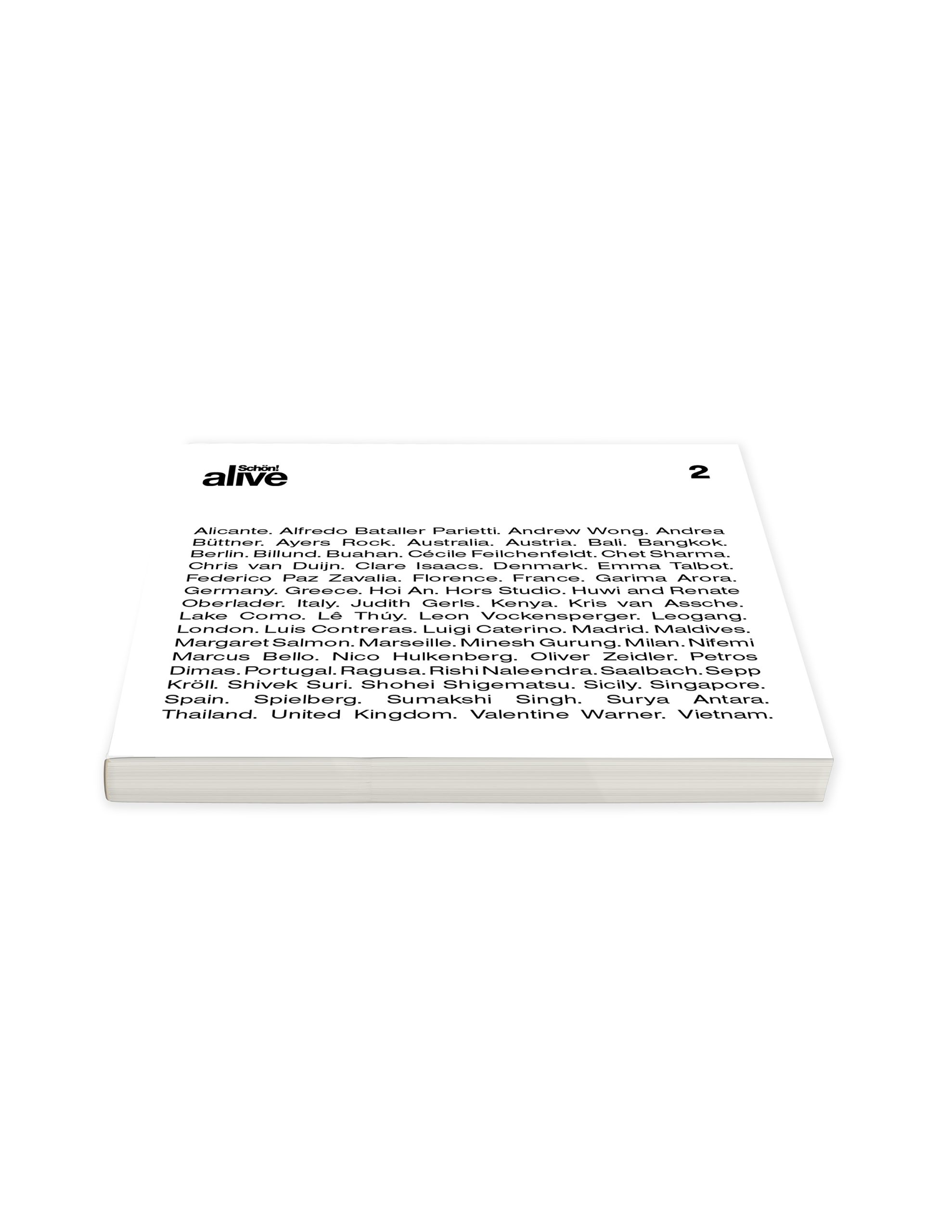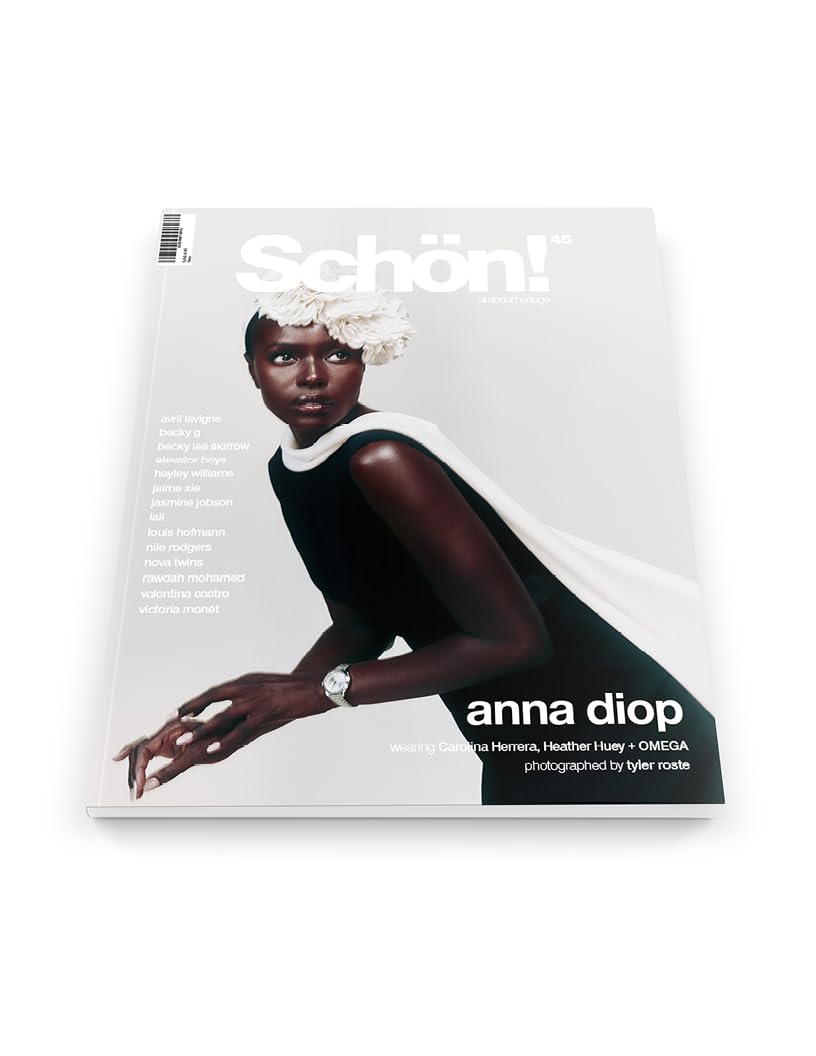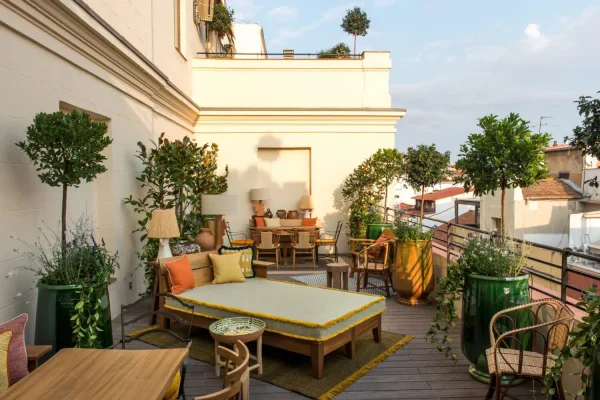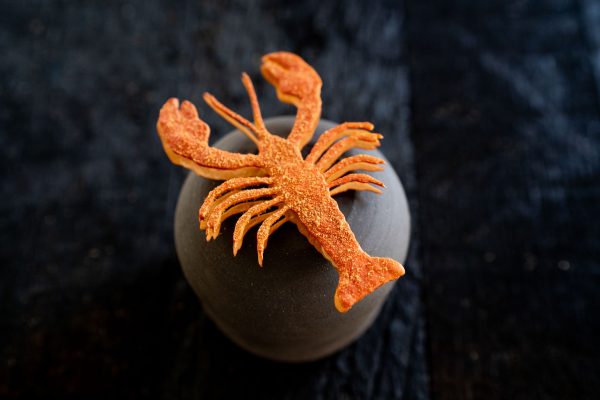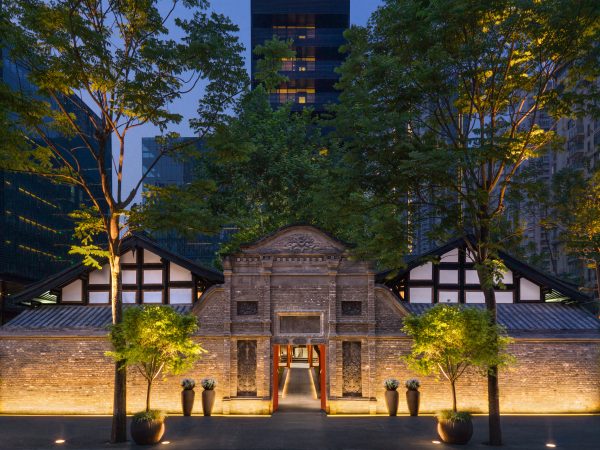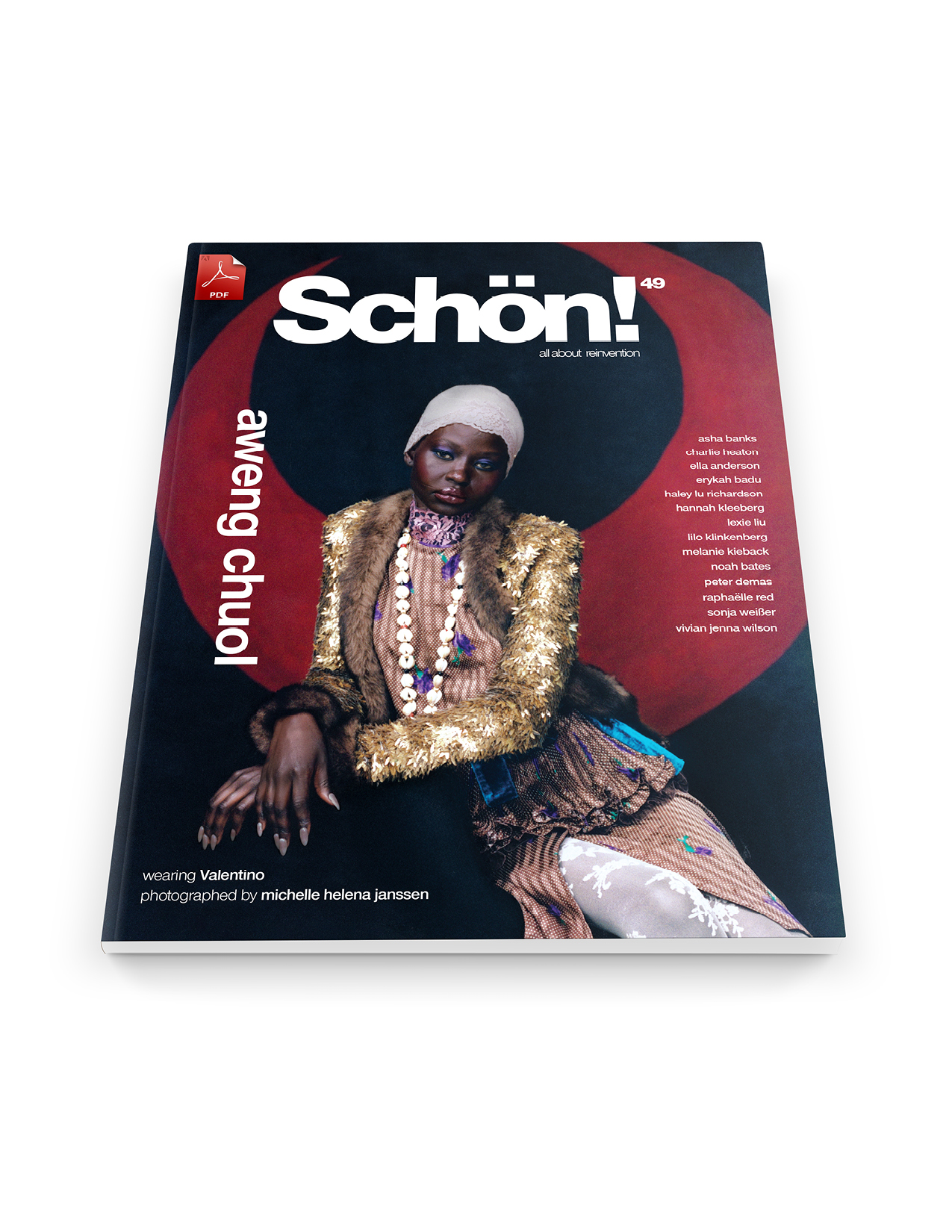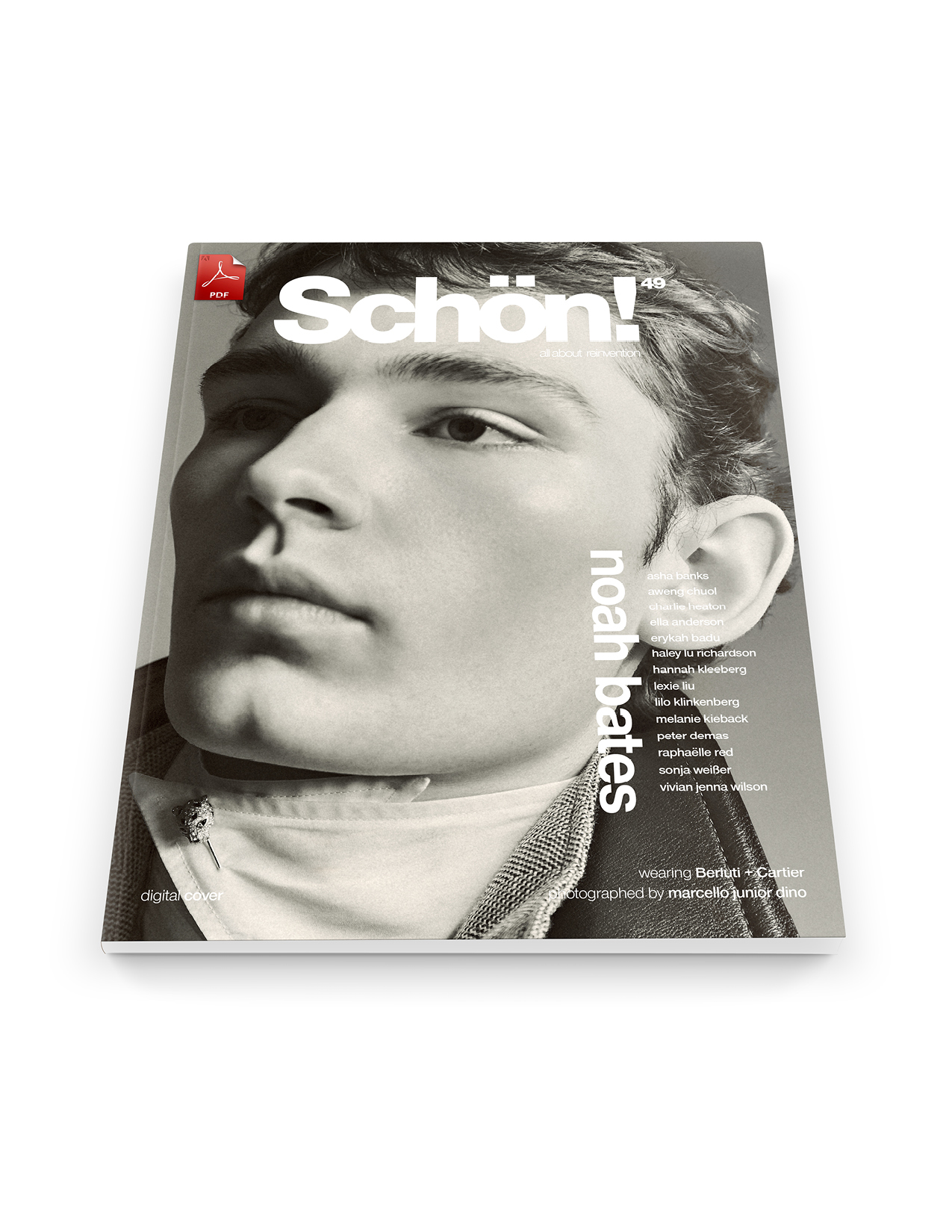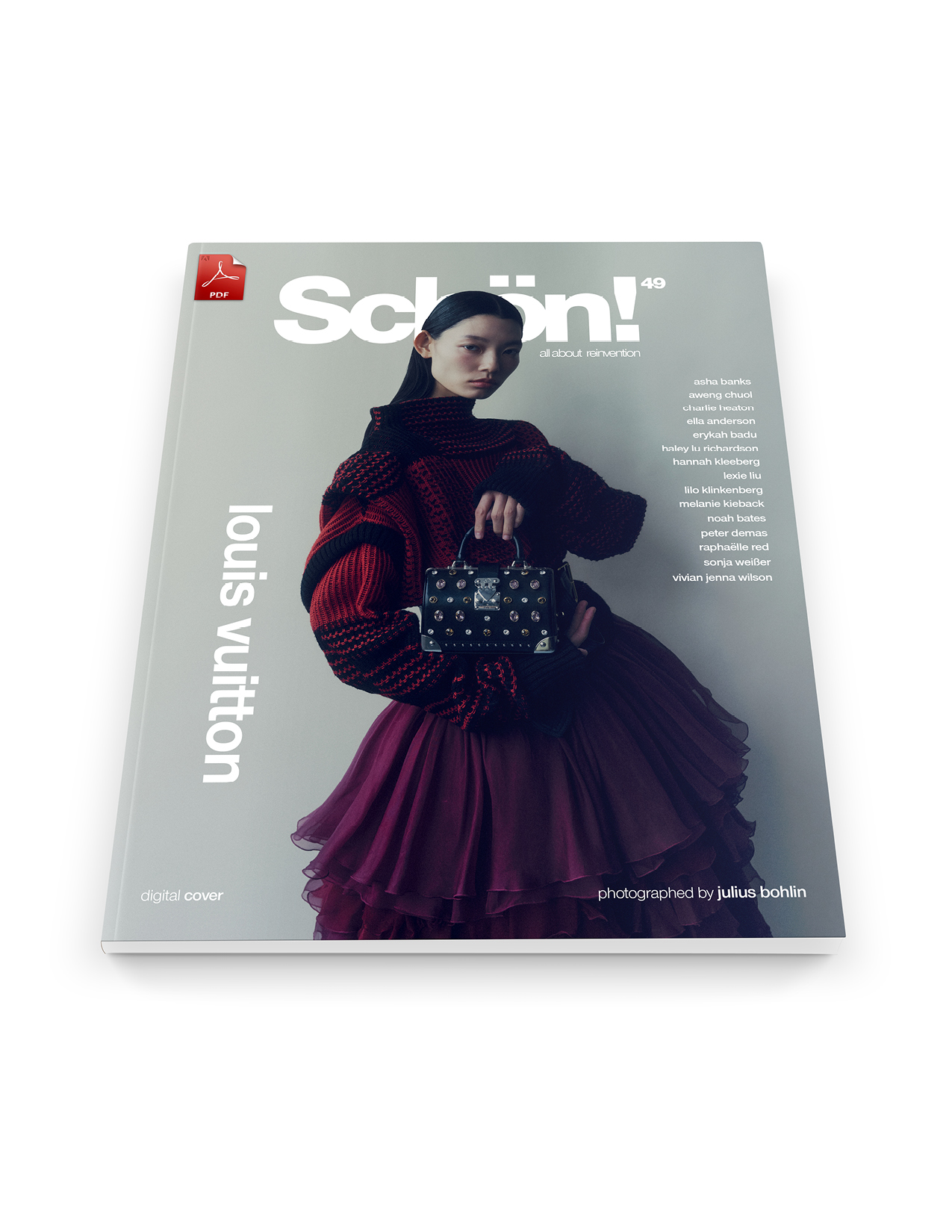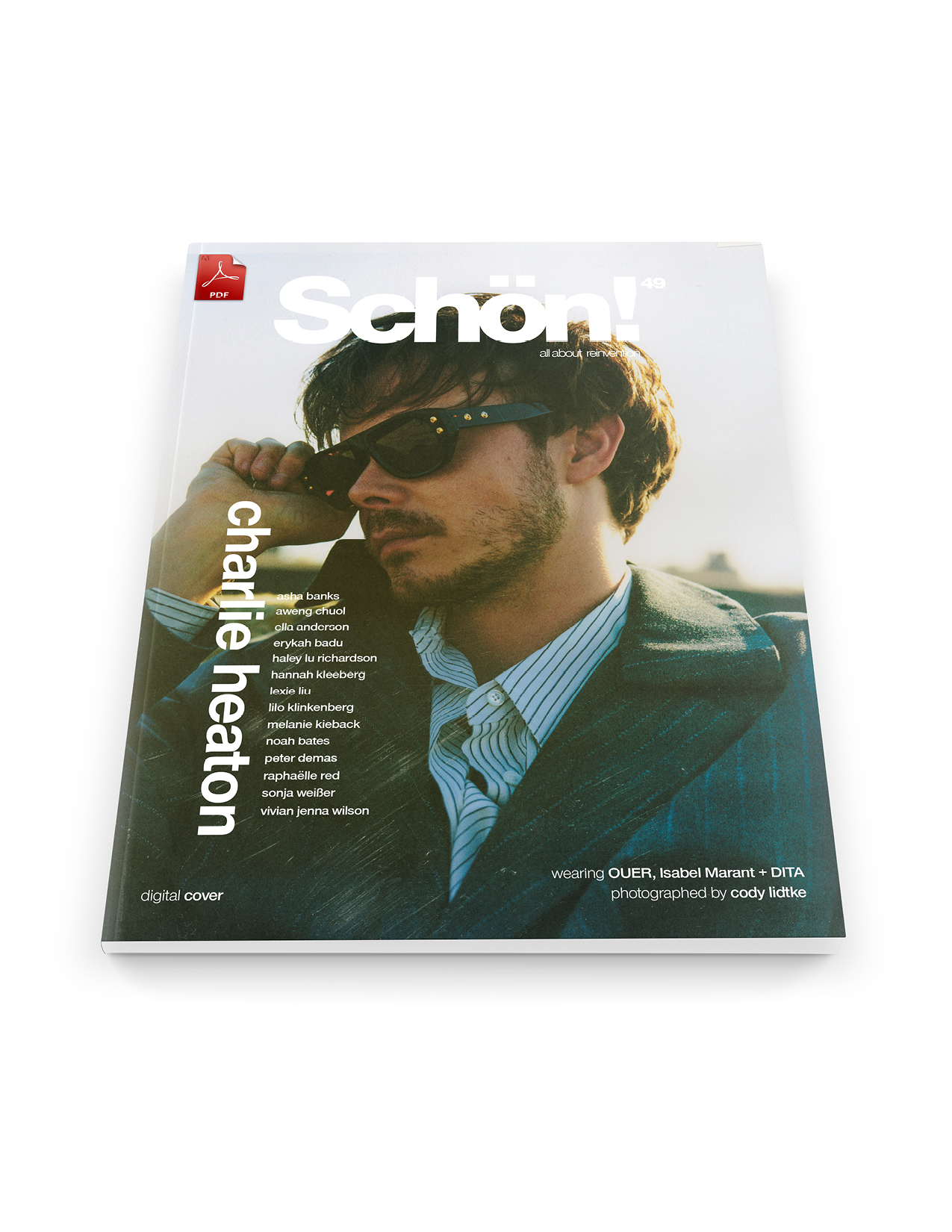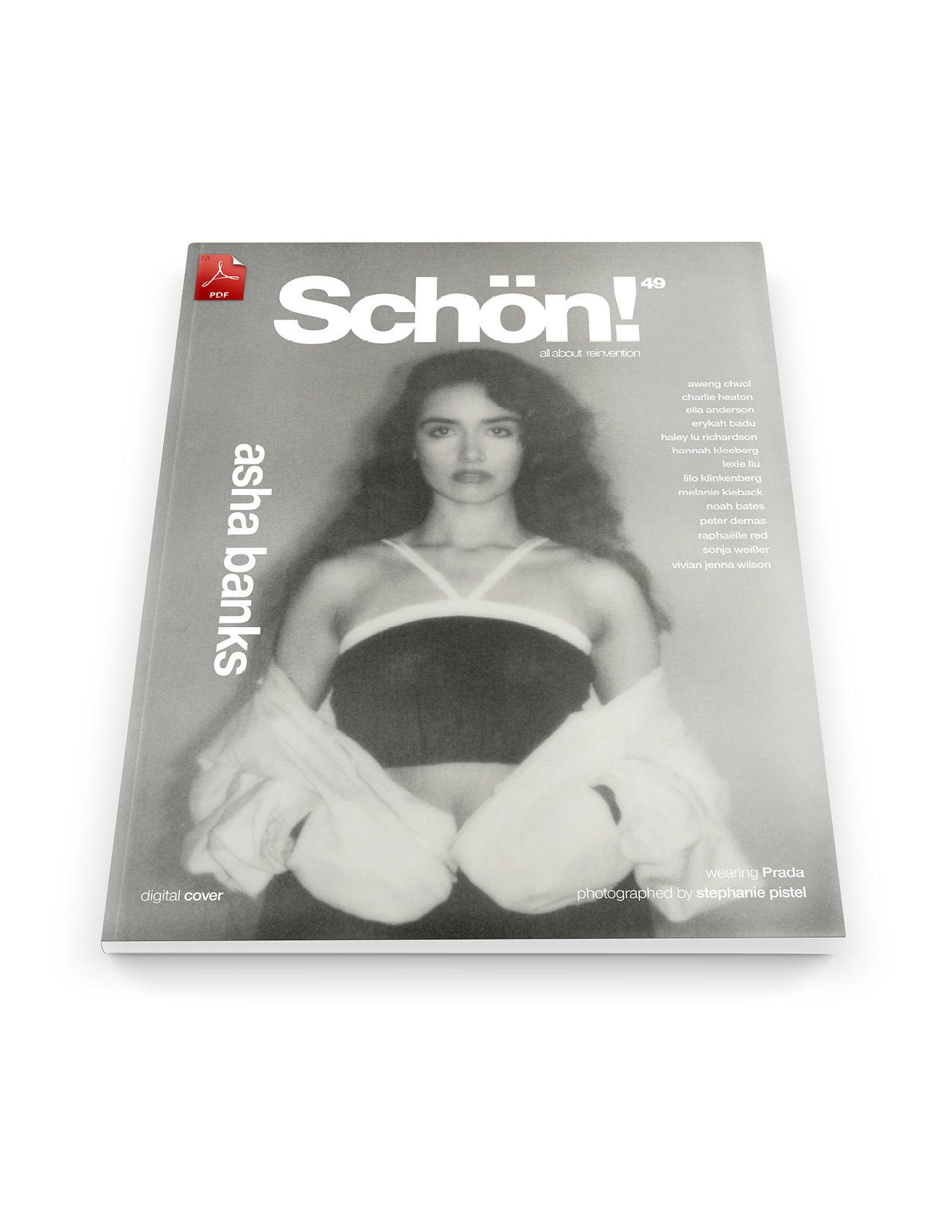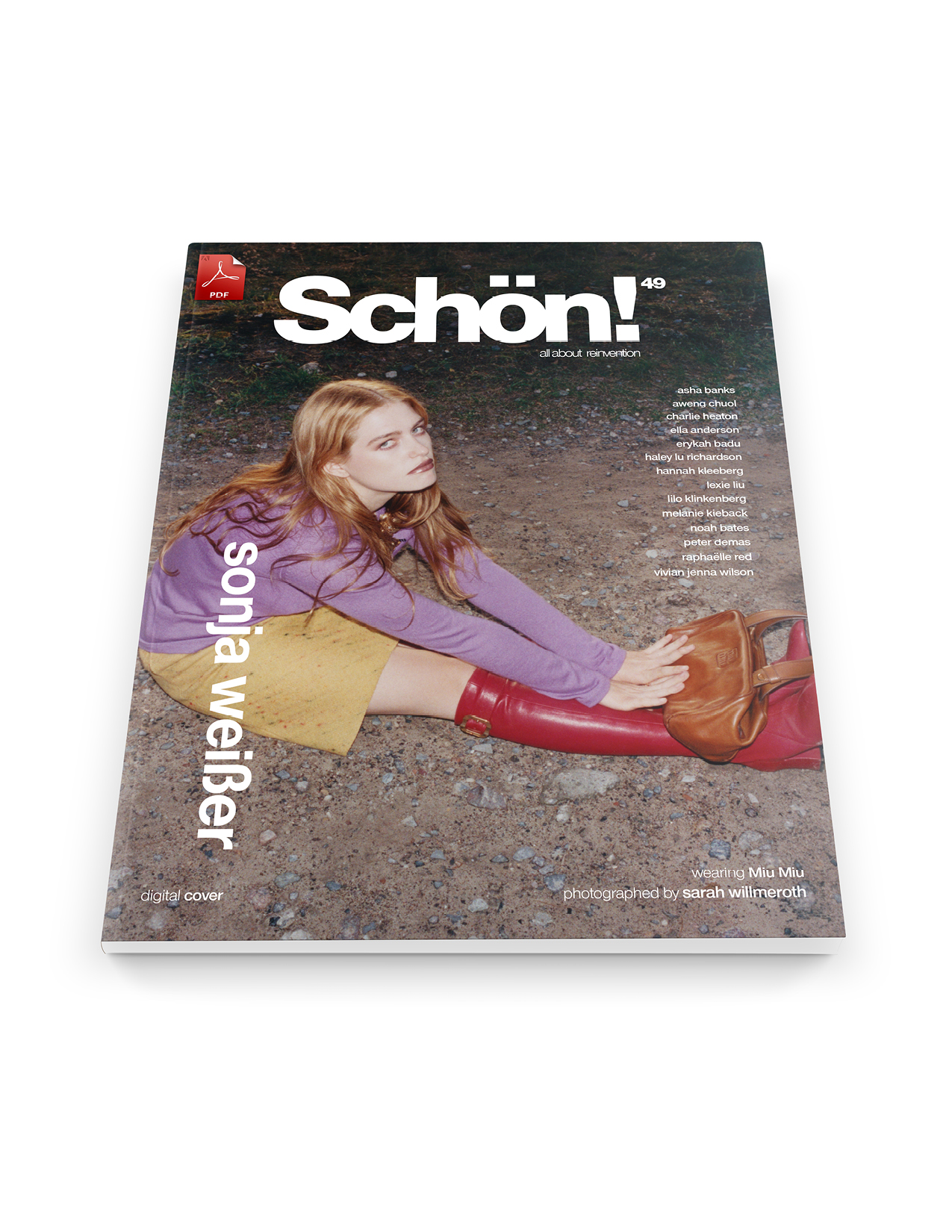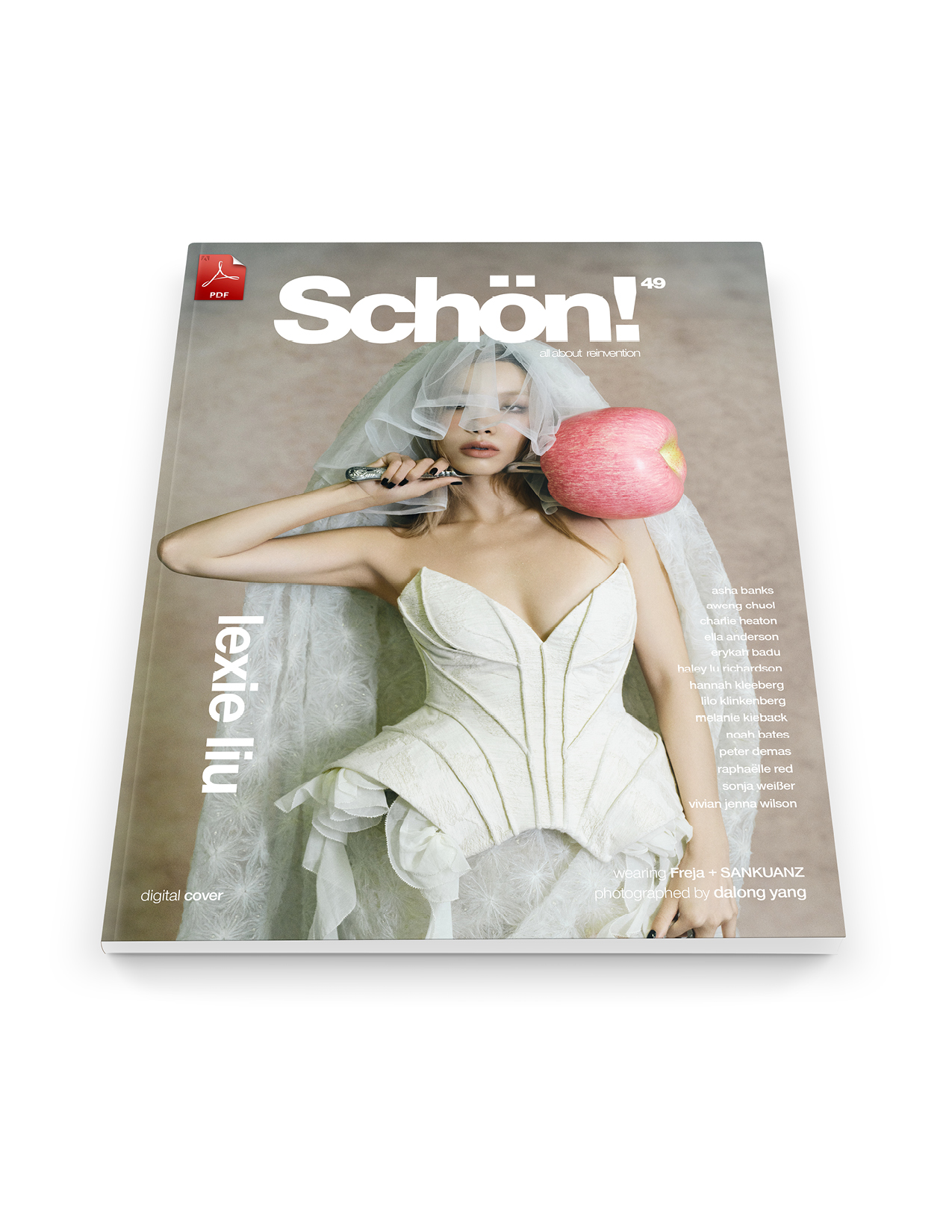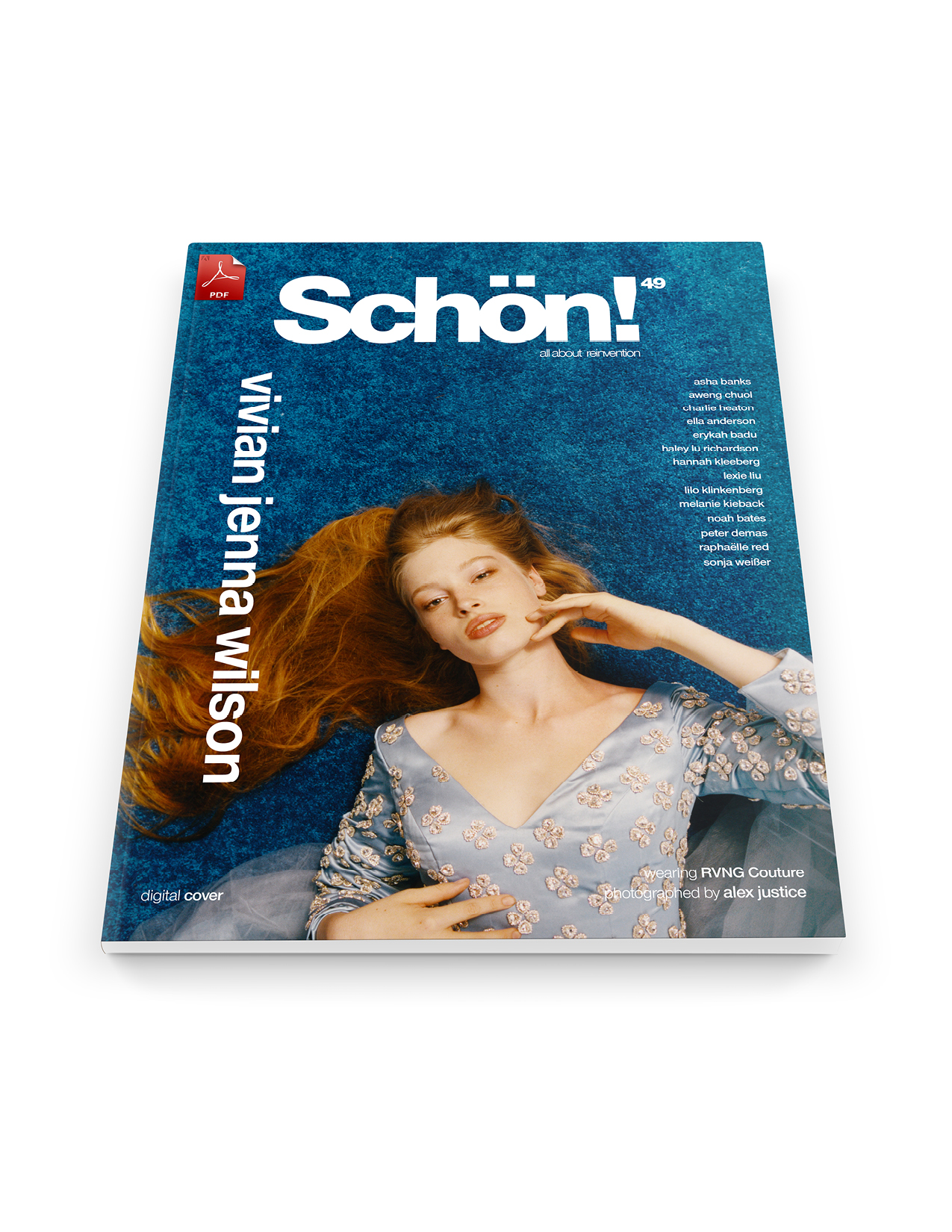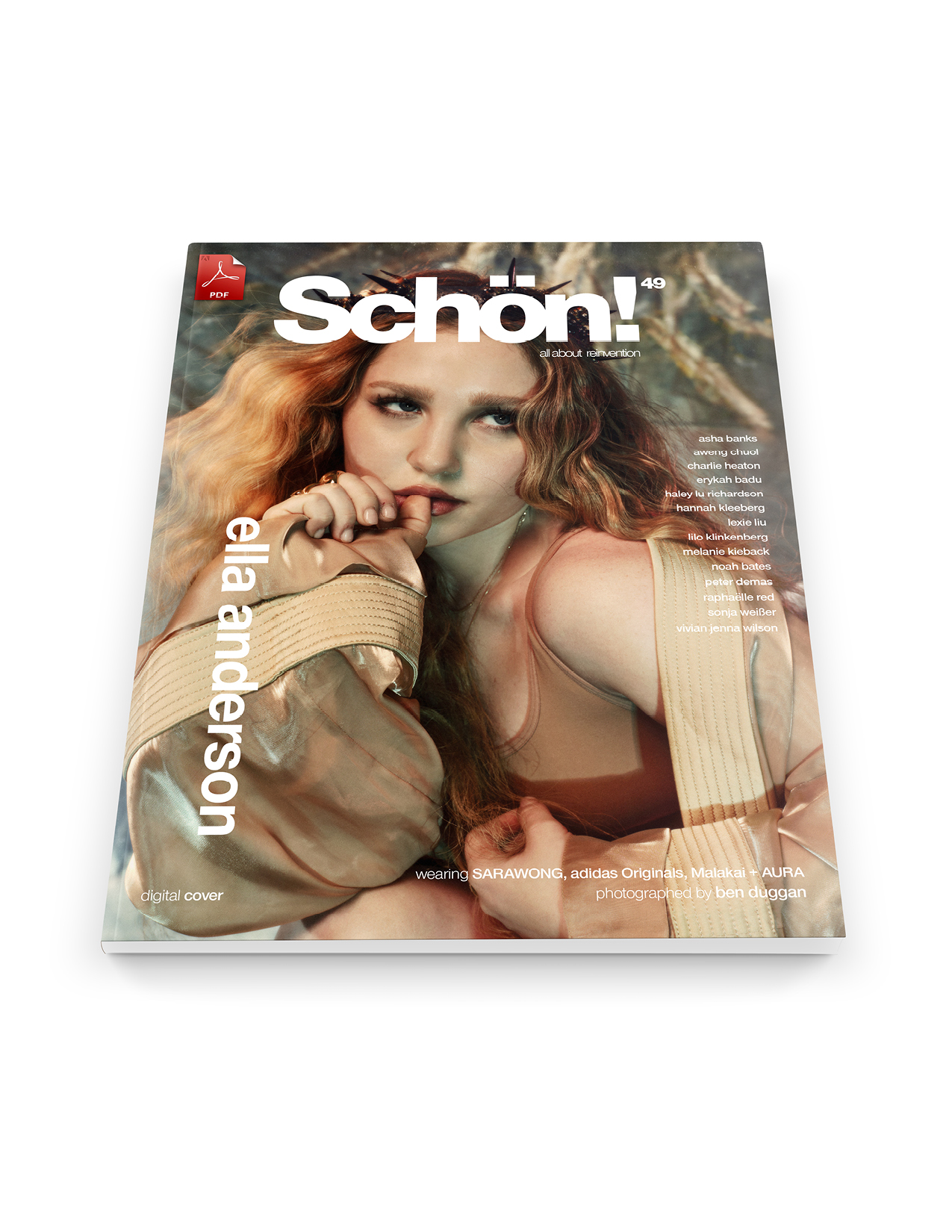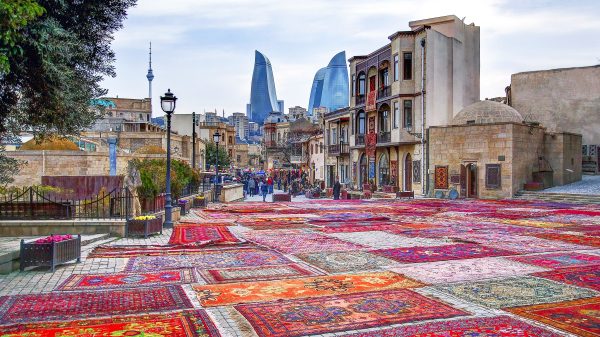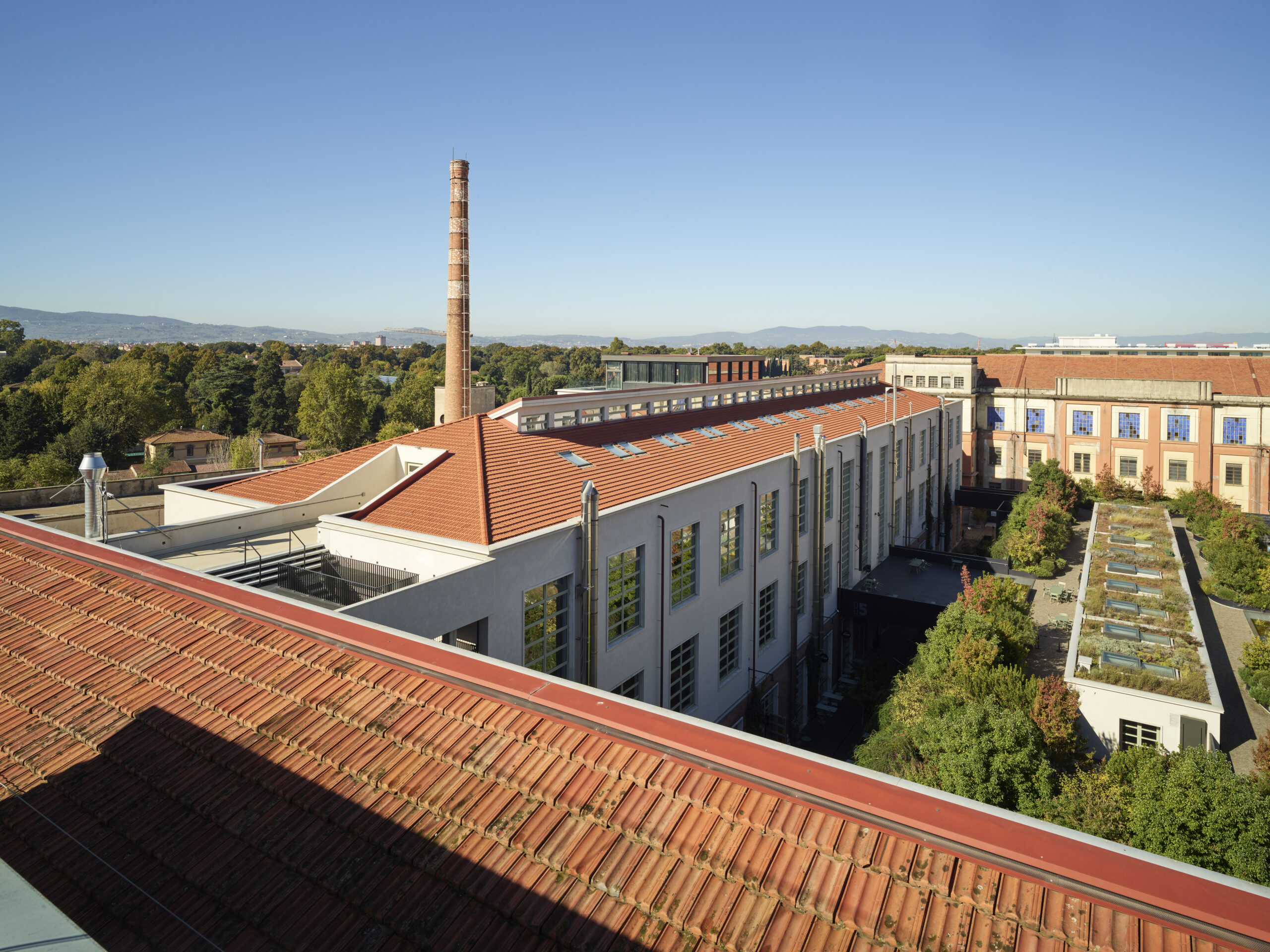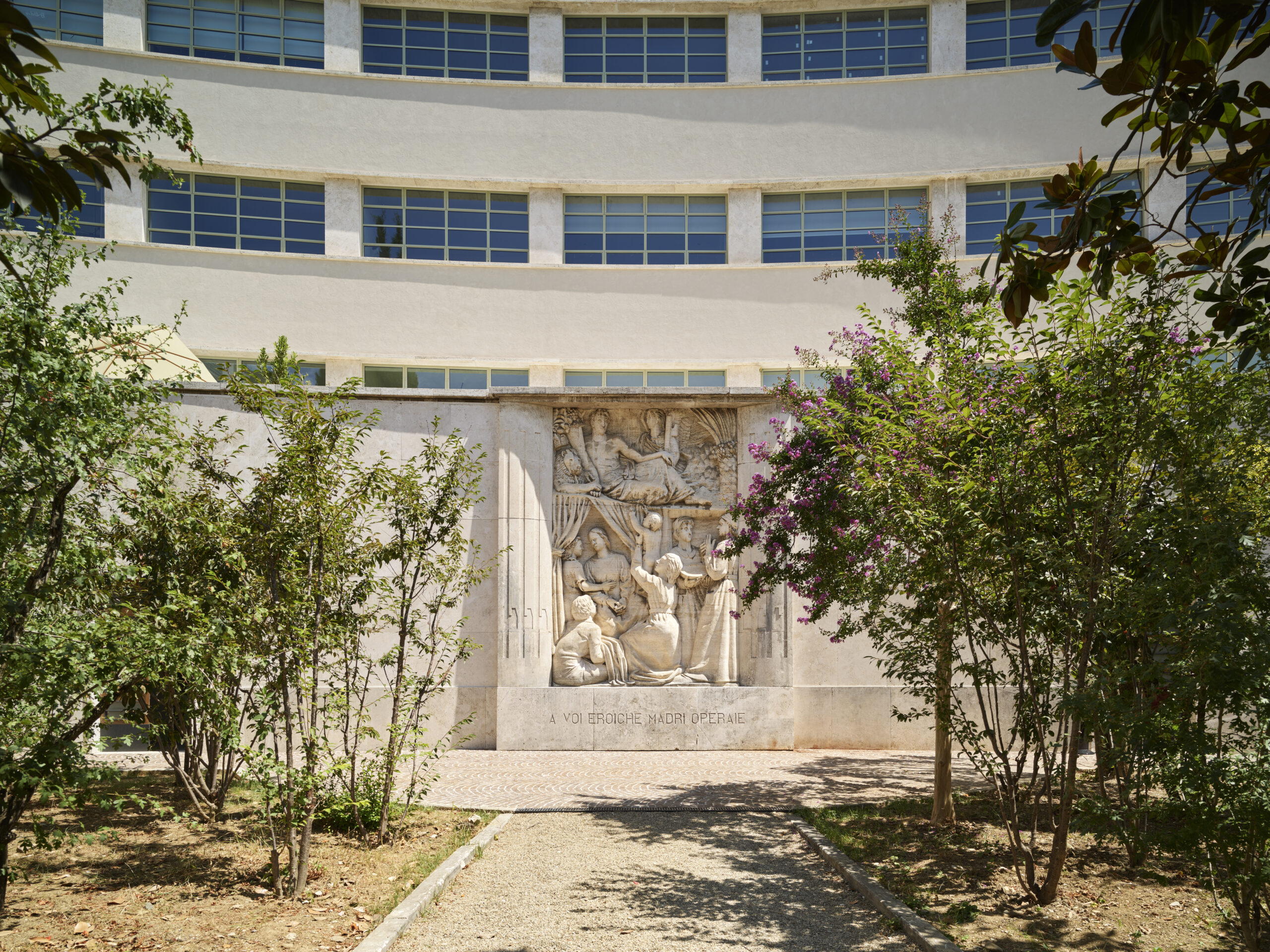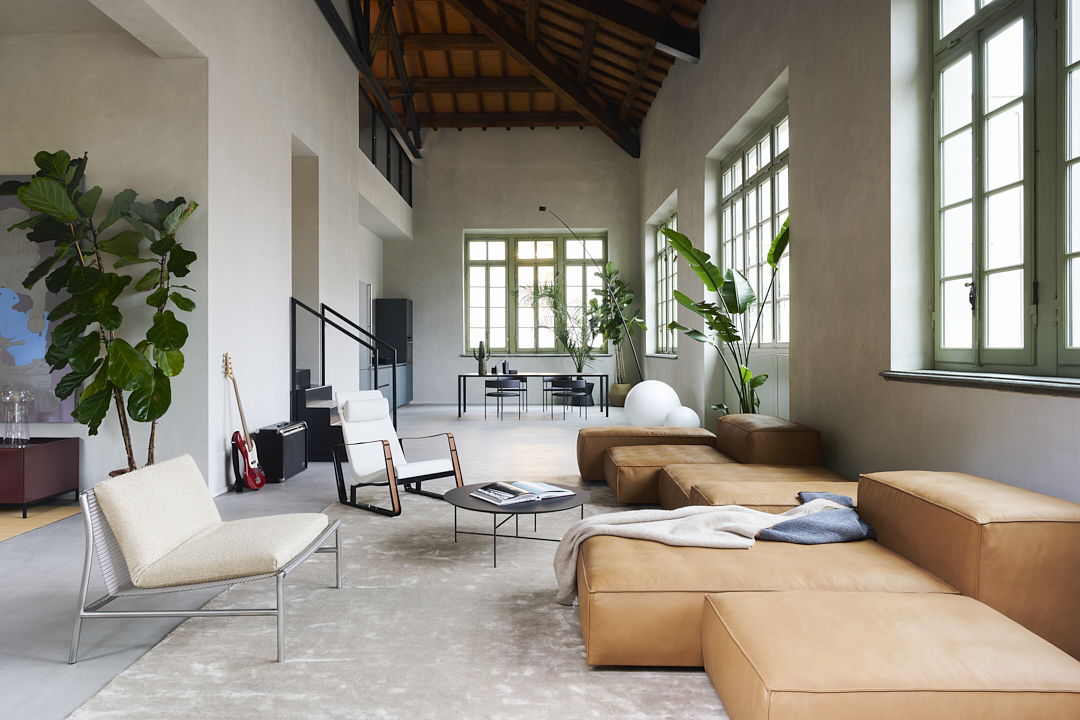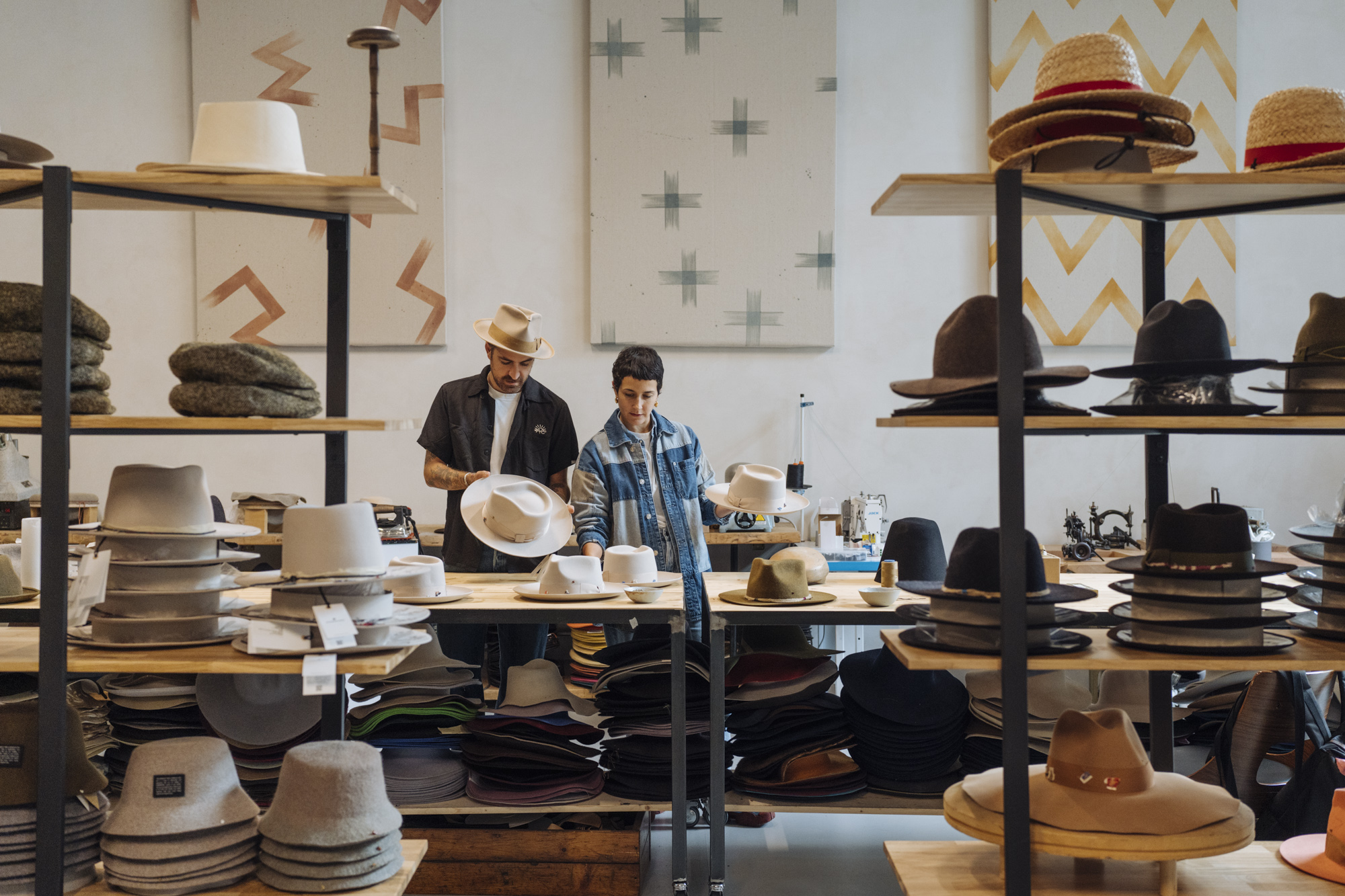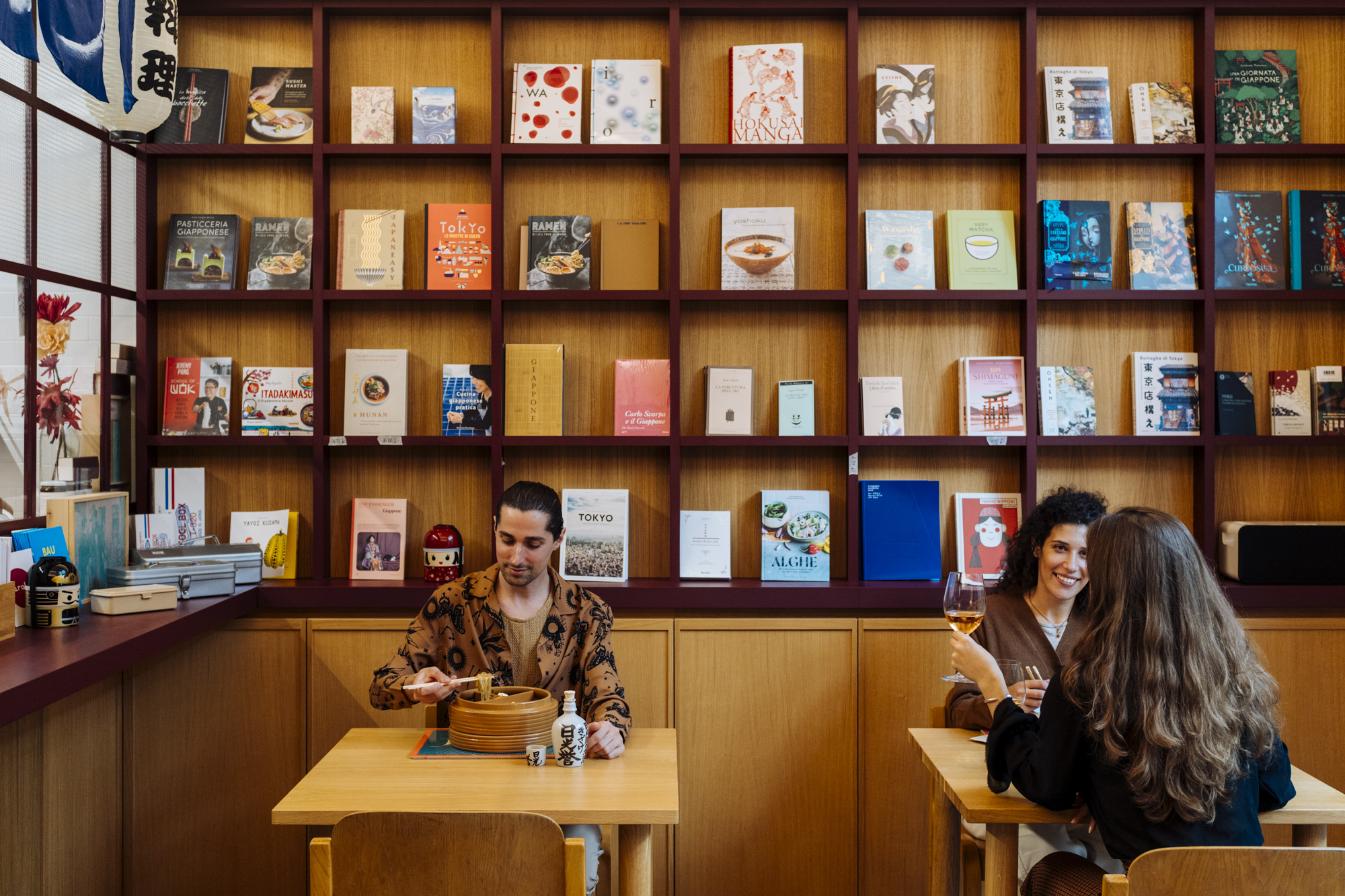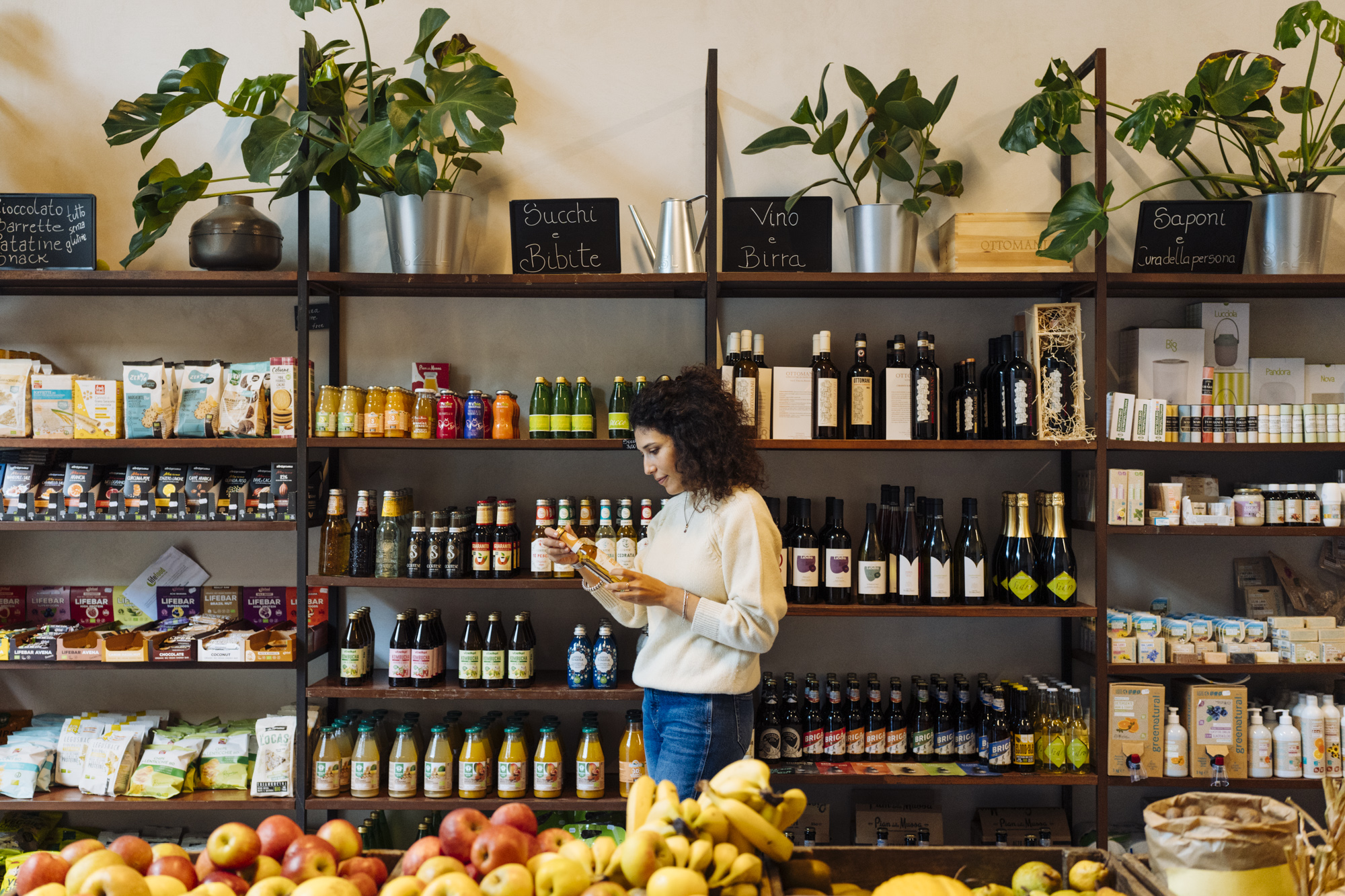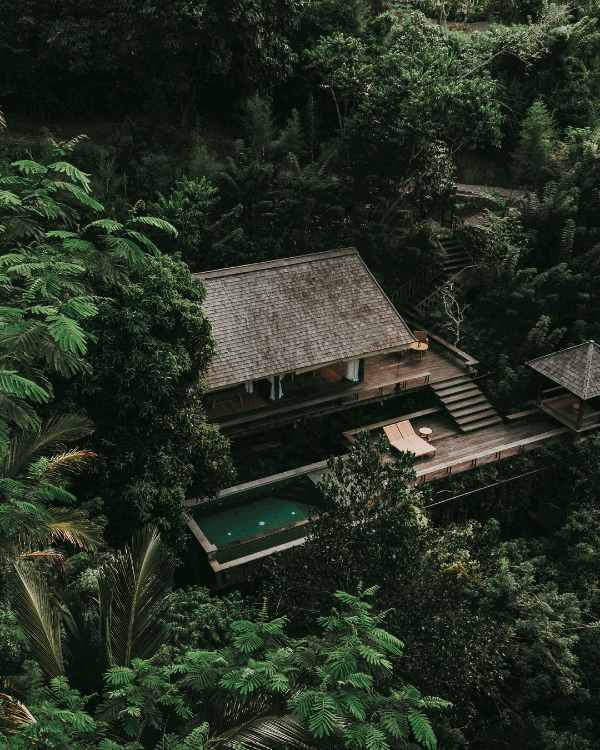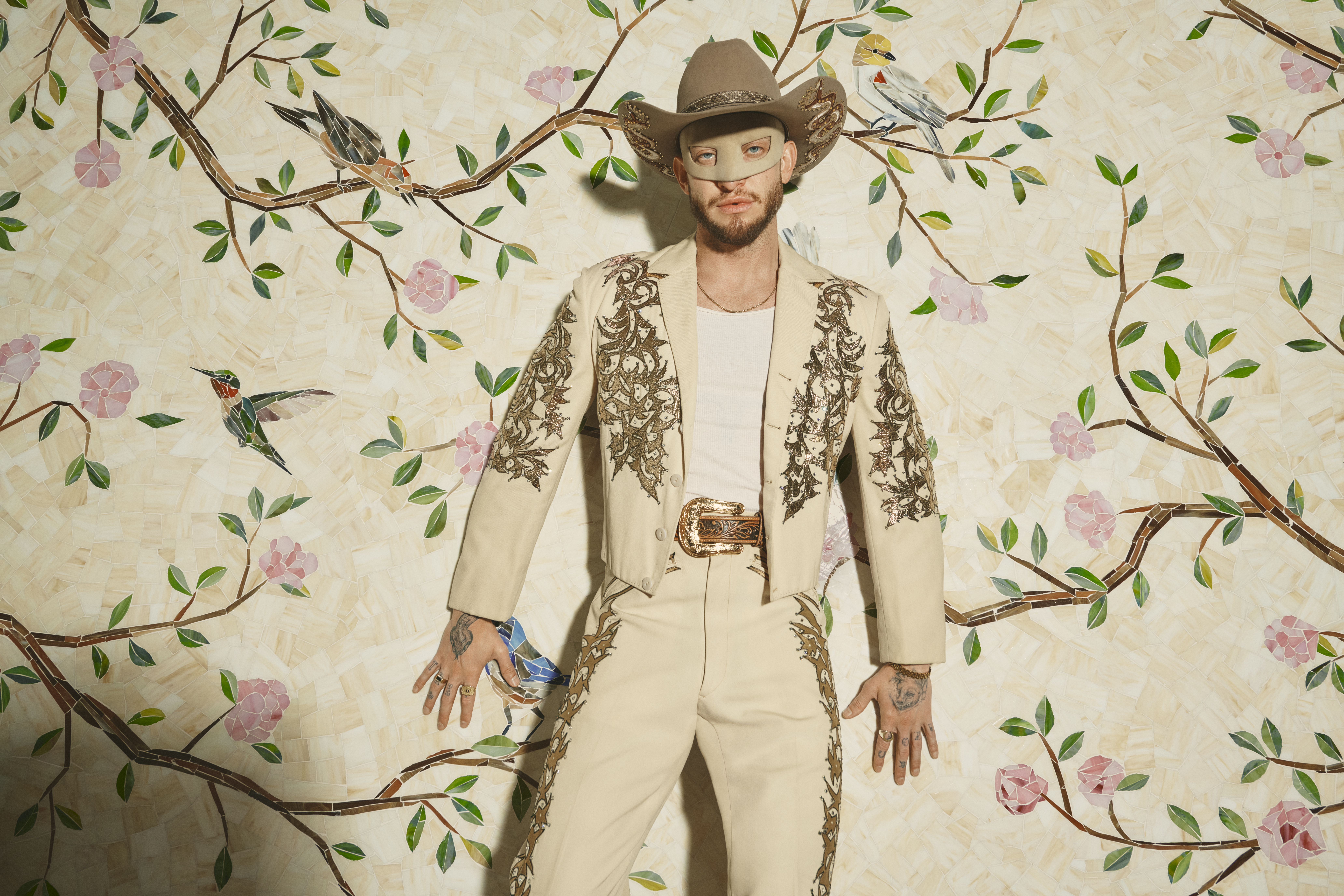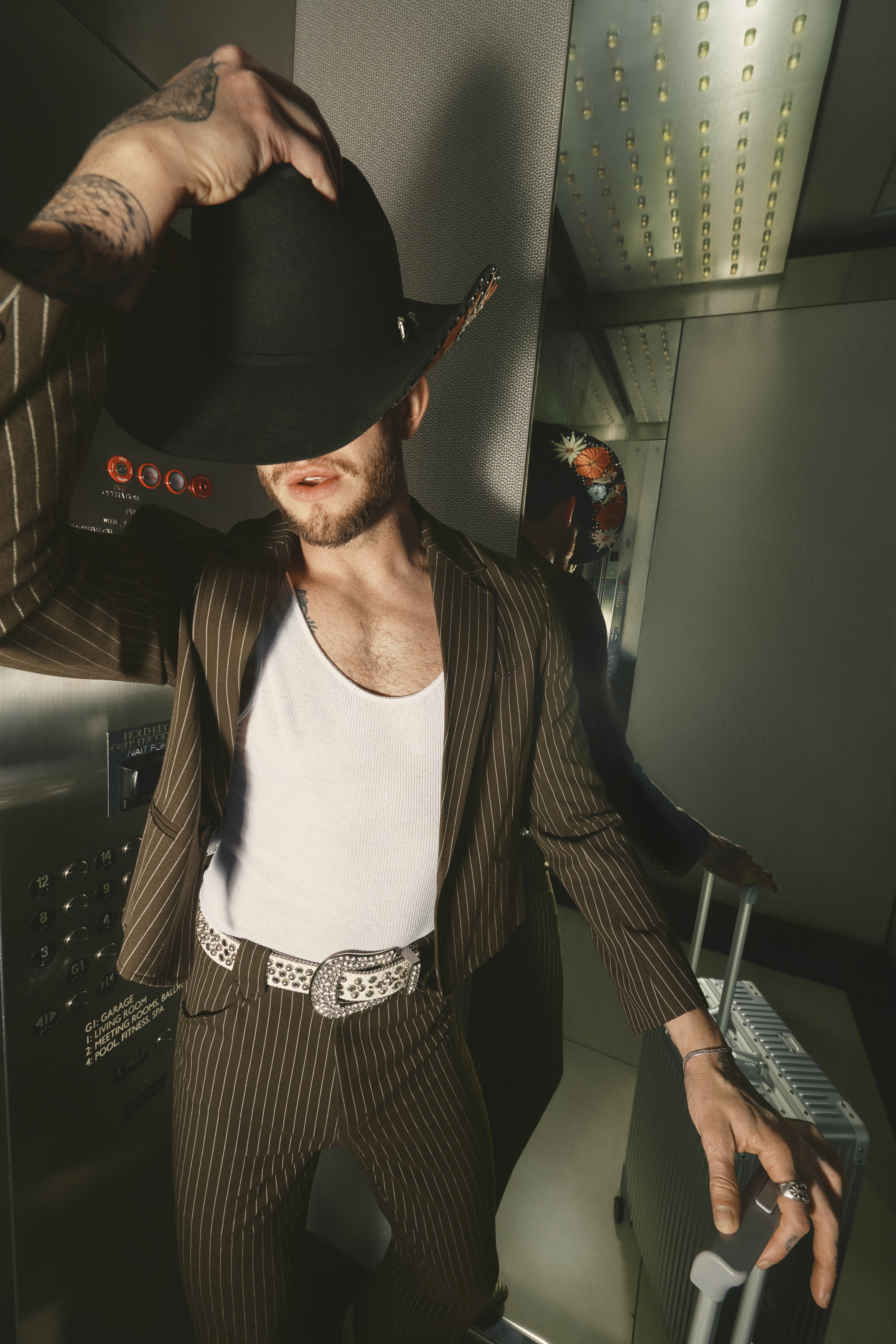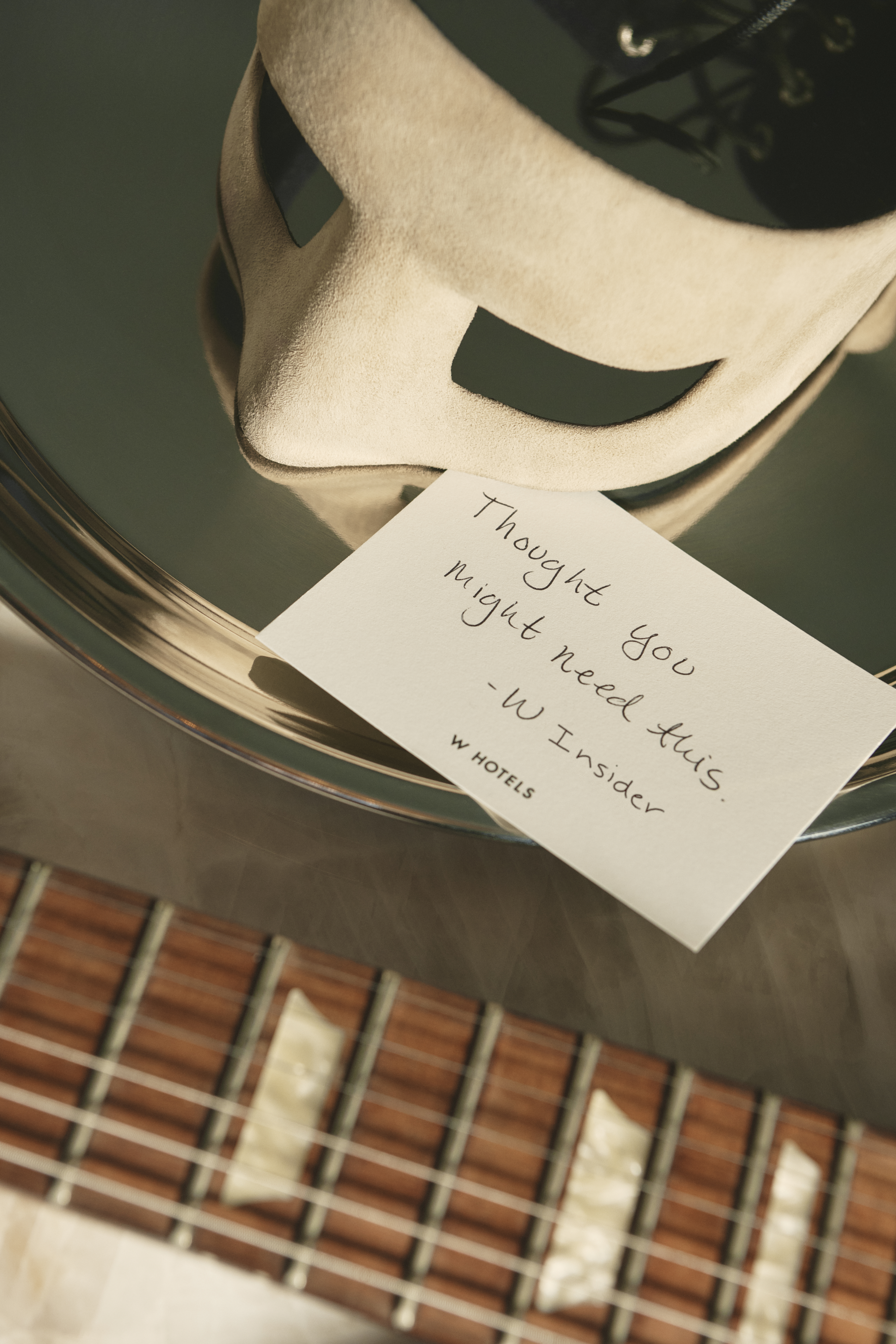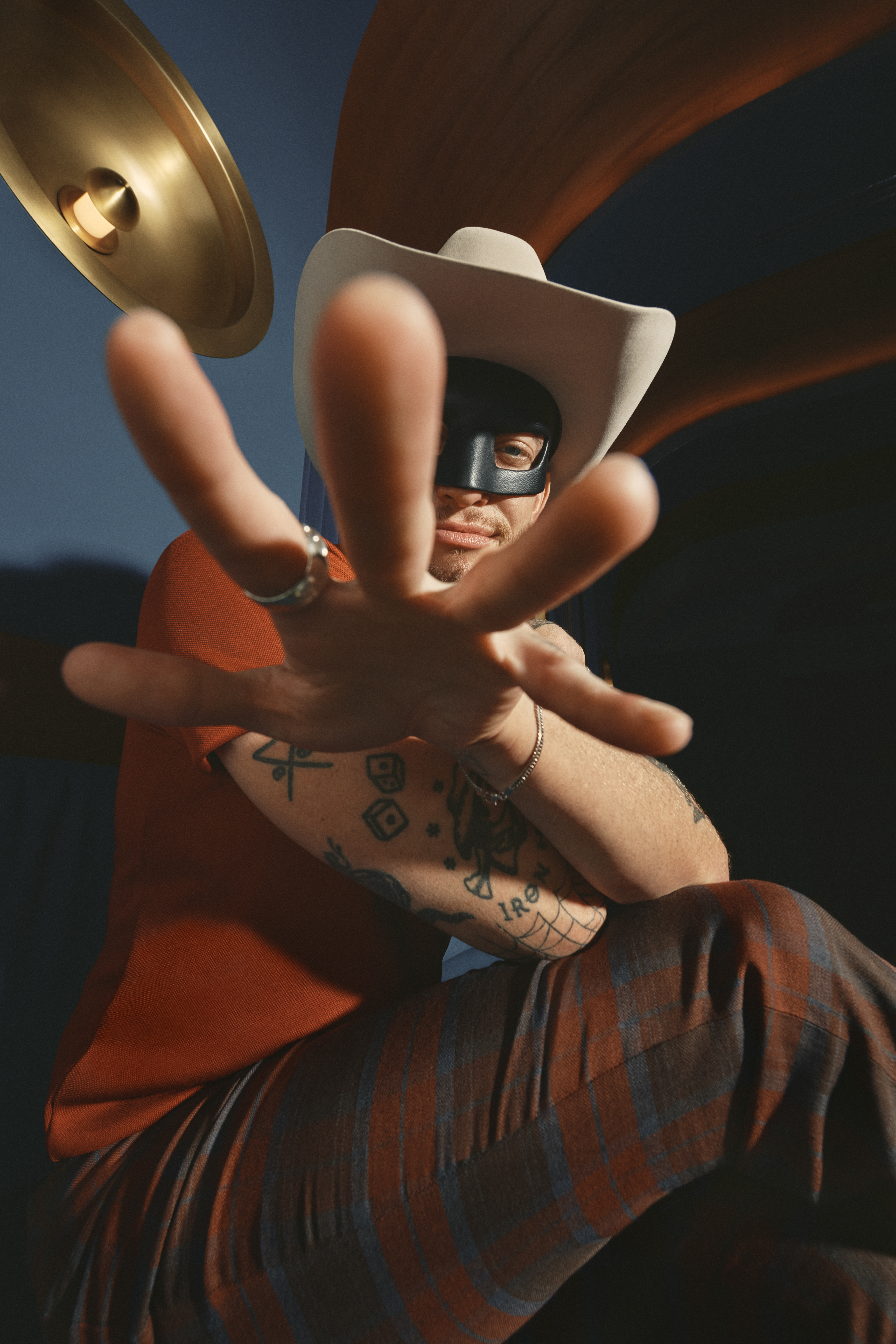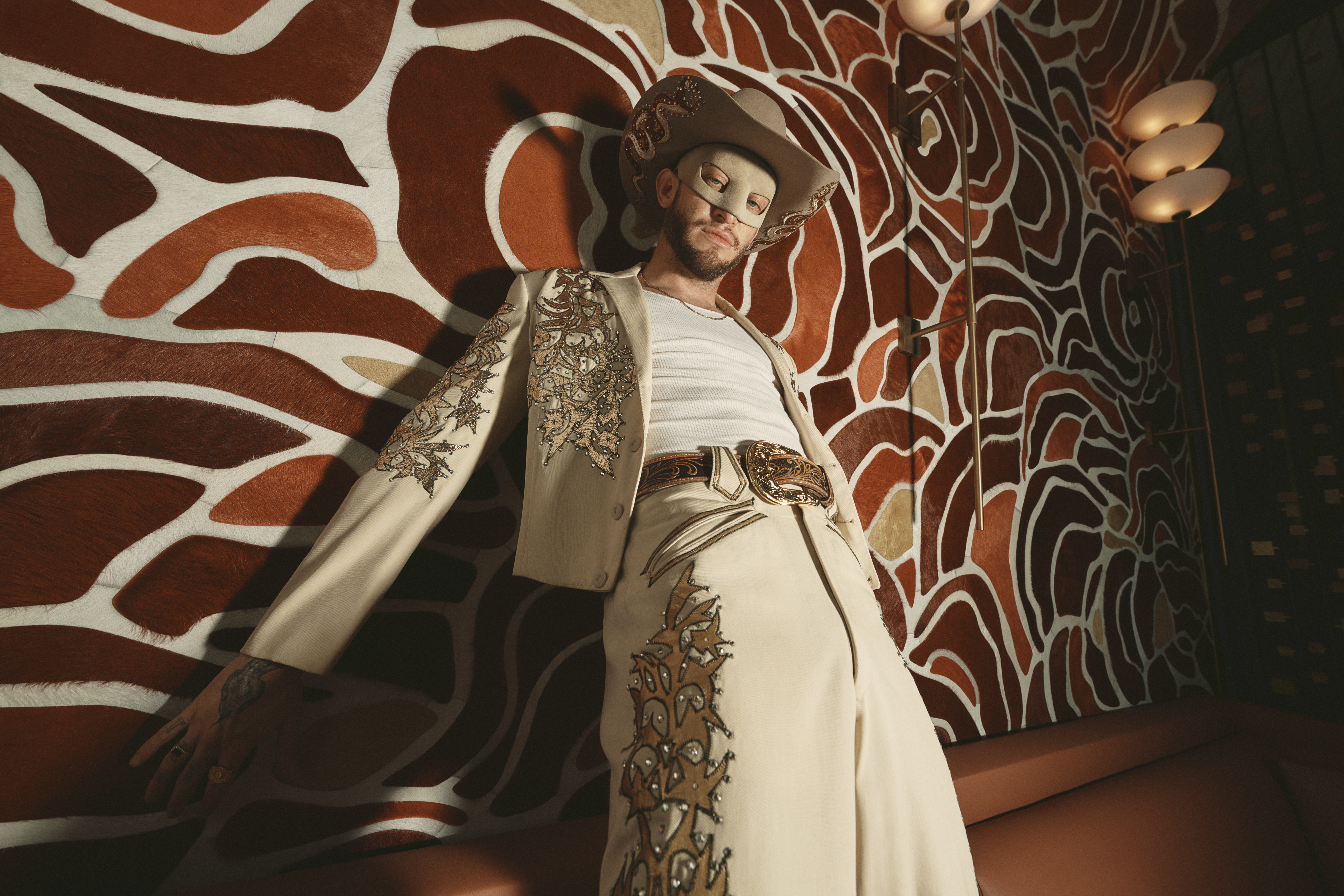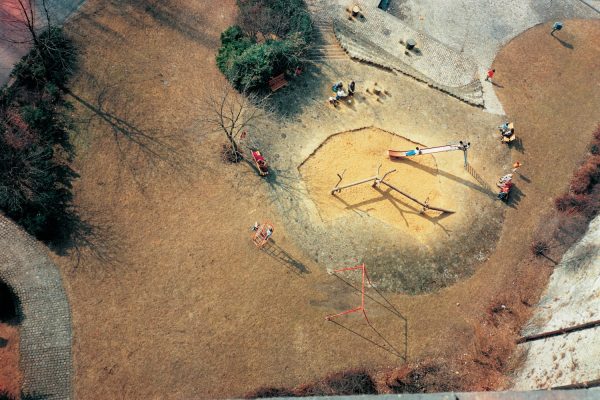Nestled in the vibrant heart of the city, Botanic Sanctuary Antwerp is a tranquil oasis where contemporary elegance seamlessly intertwines with centuries of history. From the moment you arrive, a sense of serenity envelops you. The striking exterior of this former medieval monastery merges effortlessly with the lush greenery of the neighboring Plantentuin botanical garden. Spanning five acres, this luxury retreat features 108 beautifully designed rooms, including the recently completed Botanic Suite—a masterpiece born from a meticulous four-year restoration. More than just a place to stay, it stands as a destination in its own right.
Whether you find yourself unwinding by the 18-meter panoramic pool housed within a floor-to-ceiling glass greenhouse, admiring the breathtaking 15th-century chapel, or relaxing in a suite crafted with natural stone, warm wood, and subtle upholstery, Botanic Sanctuary Antwerp offers an experience of unparalleled tranquility. The visionary restoration was led by Kristl Barkermans Le Bon and Gert Van Zundert of AIDarchitecten. Initially brought on to design just a portion of the hotel, their role quickly expanded into a large-scale transformation, overseeing multiple buildings with a dedicated team of 12.
Given that some of the oldest structures from the former Sint-Elisabeth Hospital date back to the 13th century, the project required a deep respect for the site’s historical significance. The challenge lay in striking the perfect balance between heritage and innovation. Former kitchens were reimagined as private dining rooms, the old pharmacy was transformed into a home for botanical spa products, and interconnected conservatories now flood the space with natural light.
In an exclusive conversation with Schön! alive, Le Bon and Van Zundert delve into the intricacies of this monumental restoration, sharing their dedication to preserving the past while shaping a timeless future for Botanic Sanctuary Antwerp.
What was your initial reaction to the site?
Having lived and studied in Antwerp, we were familiar with the area. It always had a certain magic but, from the street, you couldn’t see it; it was a bit of a mess and hadn’t been well cared for. The beauty you see now was hidden back then. However, we always knew there were many secret places here waiting to be uncovered.
How did you respond when you first walked the site and started thinking about it as a hotel? At the start, accepting the project was a real challenge for us because we’re a small office with just 12 people. When the opportunity came up, we had to ask ourselves, “Can we really take this on?” We visited the site with Eric [De Vocht], the owner, and he was kind enough to offer us the chance. We agreed, but at first, it was just a small part of the hotel, as Eric didn’t yet have access to all the buildings. Given the scale at that time, we thought it would be manageable for our office. Over the years, more buildings became part of the project, and suddenly, we found ourselves working on a 20,000m2 hotel. It was quite the challenge for a team our size, but we approached it with honesty. We saw the entire project as a puzzle, figuring out how all the pieces would come together.
How did you approach the history and the legacy of what started here as a hospital and served various purposes over time?
In the past, this site was clearly outside the city, and, at one point, the citizens decided they needed a hospital for the sick, but they didn’t want it within the city limits. So, in the 12th Century, they chose this land and built the hospital here. There were several buildings where the sick were housed, the nurses had their own hall and there was also a chapel where they cared for those who passed away and handled their burial and afterlife. In our project, we combined all these historic buildings to create new spaces, transforming some into suites and using the larger areas for public spaces within the hotel. During the construction, we uncovered many hidden elements. We built additional underground spaces that aren’t visible from the surface, and, in the process, we discovered old vegetable gardens.

top left + right
Two-bedroom Suite.
Indulge in the elegance of the suite, where
expansive living spaces and two serene
bathrooms create a haven of luxury and
tranquility
bottom
One-bedroom Suite.
Unwind in spacious beauty with courtyard or
garden views, a charming living room, and a
temperature-controlled wine cabinet
There was a big archaeological element, right?
You worked with archaeologists too? Yes, the archaeologists were always nearby, carefully documenting everything with their pencils and small shovels, taking pictures and recording details. We worked with a fascinating group of people, not just the archaeologists. The project involved a whole team of stakeholders, including restorers and engineers, all contributing to the process.
How do you go about transforming a historical site like that into a contemporary building?
That’s the essence of all well-designed buildings – they’re so logical and thoughtfully constructed, with perfect proportions for both interior and exterior spaces. As an architect, you focus on these details, but it’s also crucial to listen closely and observe how the buildings were originally built. Over time, they reveal how they want to be treated.
At first, the process can feel overwhelming, and it’s hard to see how everything will connect. But as you work, the buildings guide you. You start to feel grateful for their simplicity. When you strip away everything that’s been added over the years, the building begins to breathe and come to life again, as if it’s smiling. That’s what we’re seeing now. None of this beauty was visible before – it was all hidden. The real credit, however, goes to those who originally built these structures. It’s our responsibility to use and restore them in a respectful, appropriate way.
Was it tricky deciding what to touch, what not to touch and what to add?
The most challenging part of the entire design process was managing the programme. It wasn’t a unified project from the start – new buildings were added bit by bit, forcing us to constantly adjust. It felt like solving a puzzle every day. As designers, that was the toughest aspect. On one hand, we were grappling with the changing programme and, on the other, we had to figure out how to connect all the different parts of the buildings. Where do you place the stairs and the lifts, and how do you design the walking patterns to integrate everything seamlessly? It was a complex task, yet also involved some simple, practical considerations.
In terms of the materials used, how did you approach selecting and utilising those?
That’s part of the beauty of the building. As we mentioned, much of what we see now was hidden before. We uncovered all this beautiful wood, but while modernising the space – adding insulation, air conditioning and ensuring structural stability – we wanted to keep the original elements visible. The building had to meet modern technical requirements, like high acoustic standards, but our goal was to preserve the authenticity of the materials. In the rooms, for example, there are very few false ceilings – you can still see the original materials everywhere. Even the new additions were made with the same authentic materials, like natural stone and wood. We approached the restoration dynamically, aiming to capture the building’s DNA and stay true to its identity. As designers, we added contemporary elements, but always with the intention of harmonising them with the existing structure. It was a real challenge. We wanted to be both authentic and honest in our design choices, which became a key objective.
We also drew inspiration from the building’s history as a hospital, where light, air and space were considered essential for health. The rooms for the patients had large windows and there were many greenhouses on the site. Even the new spa is designed as a large greenhouse, connected in a simple but elegant way with a fine steel construction. Throughout, we used the same materials and craftsmanship found in the original building, especially in details like the staircases. The goal was to create a modern design that blends seamlessly with the old, without stark contrast, and to add a new chapter to the building’s story while remaining in harmony with its past.
We don’t often think of a hotel becoming a landmark, but what you’ve created here truly feels like one. It’s almost like a gift to the city and, in a way, it literally is, since it’s on a longterm lease to the city.
It’s great that you mentioned this, as it truly operates on multiple levels. The property is a gift to the city, allowing them to maintain control while benefiting from a complete renovation without any costs. Each year, they receive financial support from this property. It’s also wonderful that the site is open and accessible; people from the city walk and cycle through, creating a vibrant atmosphere. It’s not a gated community, and that openness fosters a sense of connection. In Antwerp, there’s a large venue called the Sportpaleis that hosts many international concerts and events. Previously, artists like Madonna would perform there but then leave the city right after the show, heading to Amsterdam or Brussels. Now, they choose to stay here in Antwerp at the Botanic, which is a significant change.
Now that the project is completed and you’ve seen it come alive with guests, are there any spaces that you feel truly embody the essence of this hotel?
One standout feature for me is the spa. It’s the only new building on the site, and what’s particularly fascinating is the underground network we created. Although guests can use this underground passage to access the spa directly, many prefer to walk outside in their bathrobes and slippers, through the garden and across the road. This brings me immense joy because it feels so connected to the spirit of the place. The mix of locals from Antwerp and hotel guests evokes memories of the nuns who once worked here, which adds to my happiness. The spa was a special part of the project, allowing us to design it exactly as we envisioned. It serves as the final piece of the puzzle, overlooking the beautiful botanical garden. The way the pool, city, and garden harmonise feels perfect to me.
I’m also excited to see what the future holds. In just a few years, I anticipate even more progress. There are several small buildings on this street currently being renovated, and soon there will be a new restaurant and flower shop – wonderful additions to both the town and the hotel. Everything feels alive again, and there’s a lot of positive energy and initiatives to ensure that continues.

Botanic Sanctuary Antwerp is one of 70 stunning properties featured
in The Leading Hotels of the World group’s first coffee table book
‘Design: The Leading Hotels of the World’, published by Phaidon Monacelli and available now.
phaidon.com
Get your print copy of Schön! alive at Amazon.
Download your eBook.
words. Amber Louise
interview. Katja Köllner
photography. Hugo Thomassen







